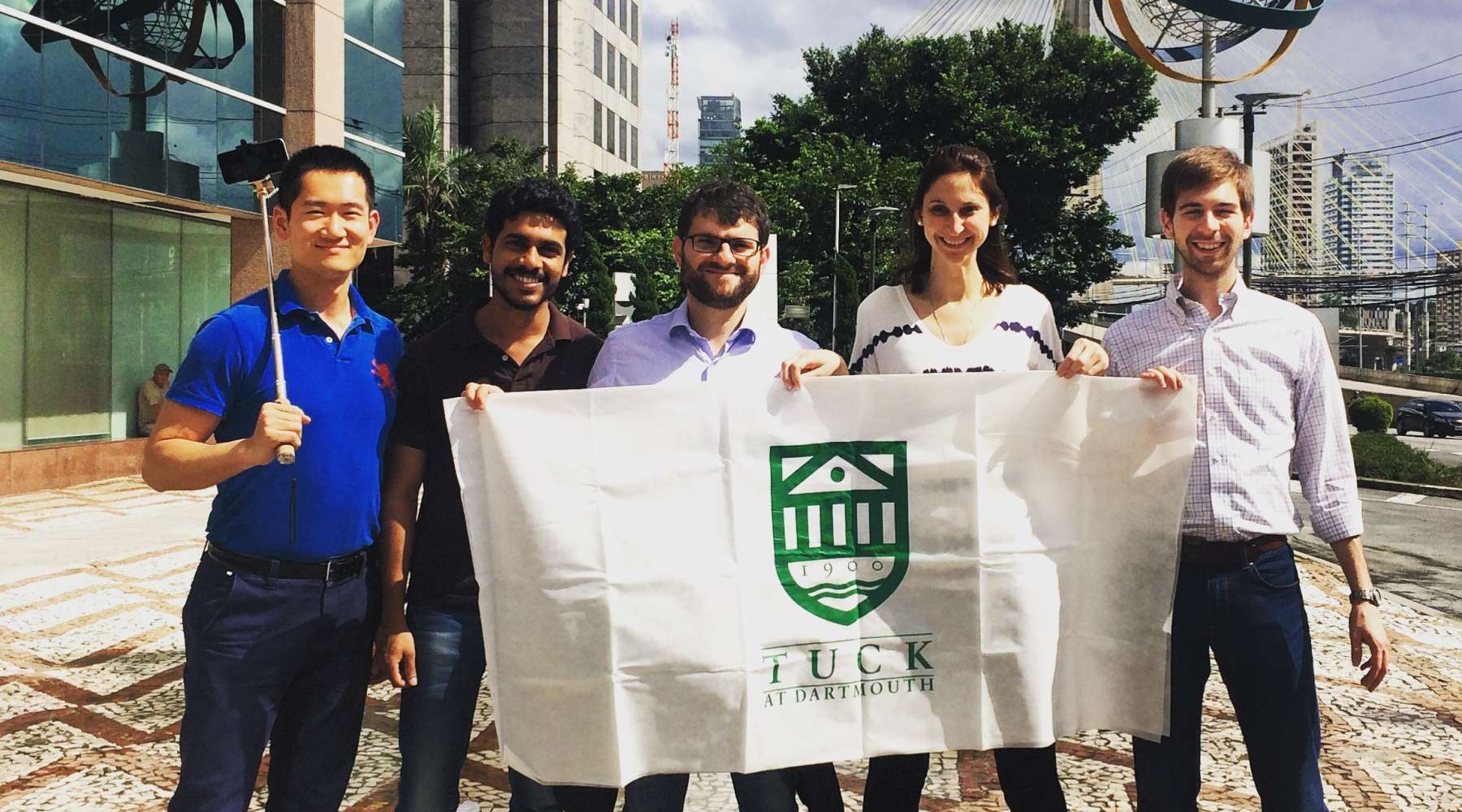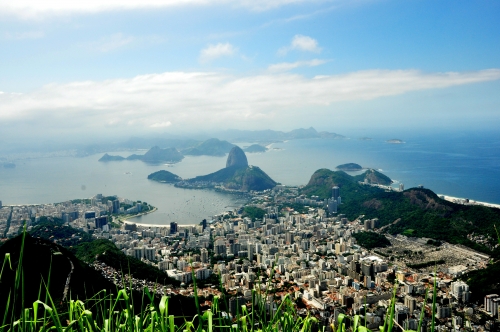
By Katelyn Baldwin T'17
On Sunday morning, March 7, our team arrived at the Sao Paulo airport, ready to dive into our global First Year Project (FYP). Meetings with social finance gurus, non-profit management experts, and STEM-fundraising professionals filled our calendars in the weeks prior as we prepared to make the most of our visit. Exiting the terminal, we made our way to Sao Paulo’s Morumbi neighborhood. Our destination: a homestay with the executive director of our FYP client: Worldfund Brazil.
Worldfund is a Latin American not-for-profit working in Mexico and Brazil. In Brazil, its focus is on promoting science, technology, engineering, and math (STEM) literacy and improving the quality of STEM teaching in the public education system. Worldfund’s impact point is Brazil’s science and math teachers. First, the organization directly trains teachers and teacher coordinators. The idea is that as teachers employ learnings and tools from their trainings in the classroom, students are positively impacted; this is reflected through metrics such as improved test scores. Worldfund also provides teachers with innovative learning kits derived of materials that can be found in the average Brazilian household. Through hands-on experiments, students are able to learn concepts 
Hailing from three continents and four countries—Varun (India), Emanuel (Italy), Gus (China), George (Illinois, USA), and me (Alaska, USA)—my classmates and I approached solving the business challenges set forth by our client from very diverse personal and professional backgrounds. Similar to many non-for-profits, Worldfund faces fundraising challenges that make it hard to maintain a consistent pace of growth. Our task was to craft a fundraising and development strategy targeting individuals, corporations, and foundations, and identify new and creative ways to increase giving.
Over the course of the week, we held in-depth conversations with Worldfund staff to understand the status quo approach to fundraising, what was working, and what was not. We interviewed Brazilian Tuck alumni who currently serve as CEOs to, or senior advisors for, significant Brazilian companies working in STEM industries. This helped shed light on the giving landscape in Brazil, which is quite a different scene from the giving landscape in the U.S. In my opinion, our most informative in-country experience was a site visit to one of Worldfund’s beneficiary secondary schools in Sao Paolo. We spoke with teachers who had received the STEM training, and heard firsthand their thoughts on what could be improved. It would have been impossible to create a development strategy without understanding the impact existing programs are having on teachers and students.
Working on a global team focused on a social sector issue in a country and culture that was new to all five of us—during a time of Brazilian national political upheaval and transition (weekends were filled with anti-government protests)—was exactly the type of learning experience I hoped for when I applied to Tuck. While our short week in country only laid the groundwork for interviews and research to come, the opportunity to have worked alongside the Worldfund team in its offices will help to ensure the appropriateness and usefulness of our future strategic development recommendations.
Katelyn is a T’17 from Wasilla, Alaska. She graduated from Stanford in 2009 with a BA in international relations. Before Tuck, she worked in international development. This summer, she will be in Washington, D.C. working for the U.S. CEO of Siemens as a business development and strategy intern. Outside the office and classroom, she enjoys flying planes, hiking up mountains, swimming, and cooking.